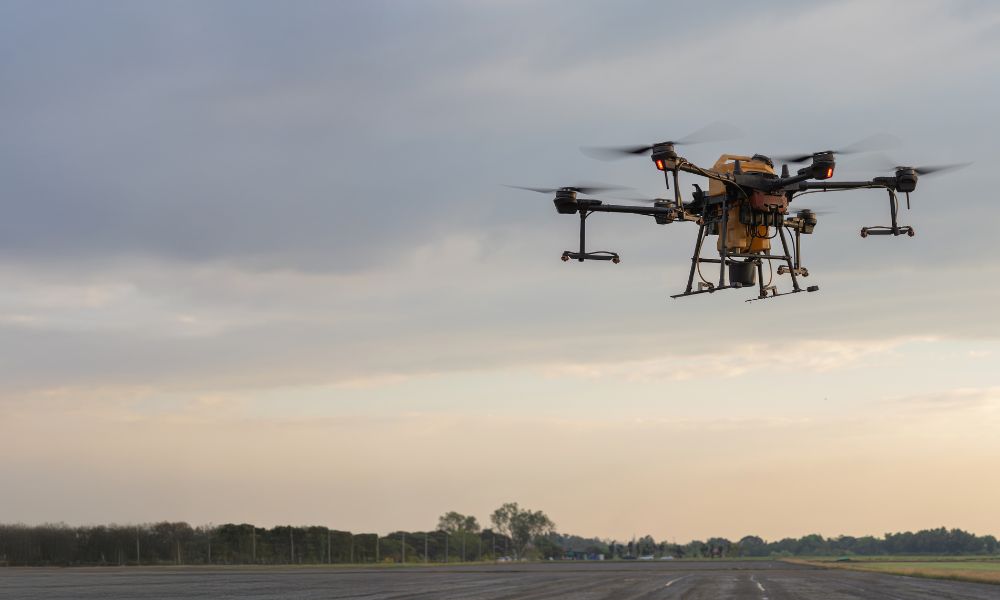
Agricultural drones are transforming the way farmers manage their crops and resources, introducing innovative solutions to age-old challenges. These unmanned aerial vehicles (UAVs) come with advanced technologies such as high-resolution cameras, sensors, and GPS systems, enabling farmers to monitor and assess their fields with unprecedented precision. From water usage to pest control, we will take a closer look at how agricultural drones are helping farmers cut costs.
Precise Fertilizer Application Prevents Overuse
Agricultural drones allow farmers to apply fertilizers with remarkable accuracy, targeting specific areas that need nutrients instead of treating entire fields equally. By utilizing multispectral imaging and advanced sensors, drones can identify zones within a field that show nutrient deficiency or other concerns.
This approach prevents overuse, reducing overall costs and minimizing the impact on the environment. With drone technology, farmers can ensure they use the exact amount of fertilizer necessary—the tip of the iceberg of the impact drone technology has on sustainable agriculture.
High-Resolution Imagery Detects Issues Early
High-resolution imagery provided by agricultural drones enables farmers to detect potential issues in their fields at an early stage. The detailed images captured by these drones can reveal subtle changes in plant health, such as stress or pest infestations, which might not be easily visible.
This allows for earlier detection, which results in more targeted interventions, reducing the need for widespread pesticide or herbicide use and lowering costs. Additionally, this proactive approach helps prevent minor issues from escalating into major problems that could jeopardize yields.
Automated Scouting Cuts Labor Costs
It’s no secret that, as the population grows, so does the need for food, which results in added pressure on farmers. We can estimate that with the right drone technology, we may see a 7 to 9 percent improvement in this pressure through connectivity and the reduction of labor costs.
Traditionally, farmers or field scouts would need to spend extensive amounts of time physically inspecting crops to assess their health and identify potential threats. This manual process is both time-consuming and labor-intensive, often requiring a large workforce to cover expansive fields.
Drones can quickly survey large areas of farmland, collecting valuable data within minutes, reducing the need for human labor while still providing detailed and actionable insights. Drones also eliminate the difficulties that come with accessing difficult terrain, ensuring that farmers can monitor crops even in hard-to-reach areas.
Efficient Water Management Lowers Utility Bills
With thermal imaging and multispectral sensors, drones can precisely analyze soil moisture levels across entire fields. This data enables farmers to identify areas that require irrigation and avoid overwatering regions with sufficient moisture, conserving water and significantly lowering utility bills.
Furthermore, drones can identify irrigation system leaks or inefficiencies that may otherwise go unnoticed. Early detection of these issues prevents unnecessary water loss and ensures that farmers are using their resources as effectively as possible.
The adoption of drones not only helps farms cut costs but also strengthens the foundation for food security in an increasingly resource-constrained world. As advancements in technology continue, the agricultural sector stands to gain even more from the potential of drones, ensuring a more prosperous future for farmers and the global community.
